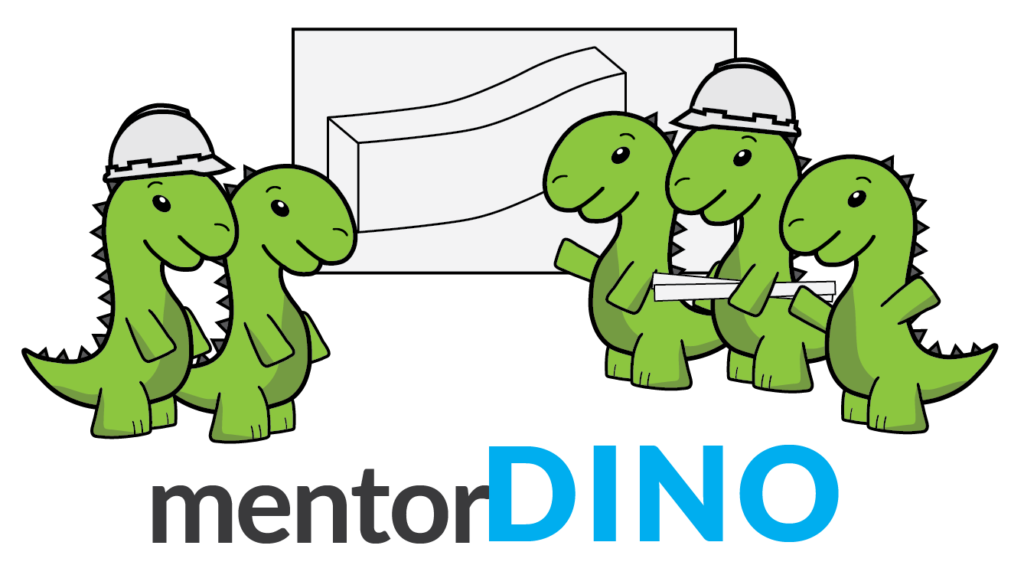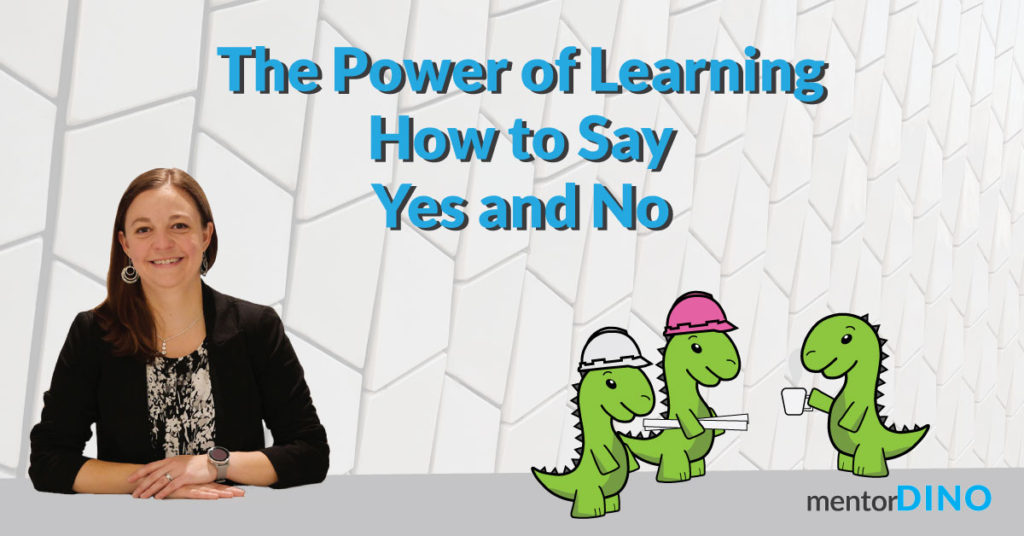In our fast-paced professional lives, it’s easy to fall into the trap of saying “yes” to every opportunity that comes our way. We want to be seen as reliable, ambitious, and capable of handling any challenge. However, this mindset can quickly lead to overwhelm, burnout, and a lack of fulfillment. Learning to say “yes” and “no” strategically is a valuable skill that allows us to prioritize what truly matters and align our efforts with our personal and professional goals. In this blog post, we’ll explore the importance of setting boundaries and share effective strategies to help you master the art of saying “yes” and “no” intentionally.
The Consequences of Overcommitting
Before diving into the art of saying “yes” and “no,” it’s essential to understand the potential consequences of overcommitment:
1. Diminished Quality: When we take on too much, our attention and resources are spread thin. This can compromise the quality of our work, leading to subpar outcomes and dissatisfaction with our own performance.
2. Increased Stress: Overcommitting often leads to heightened stress levels. Juggling multiple tasks and responsibilities without adequate time or resources can create a constant state of pressure, affecting our mental and physical well-being.
3. Neglected Priorities: By saying “yes” to everything, we risk neglecting our own goals, passions, and personal well-being. Our time and energy are finite and allocating them to tasks that don’t align with our priorities can hinder our personal and professional growth.
4. Inability to Delegate or Collaborate: Saying ‘no’ to everything is not a viable solution either. In professional life, there may be tasks or responsibilities that we don’t particularly enjoy, but they still need to be completed for the job to be done. Refusing everything can hinder teamwork and make it difficult to delegate tasks effectively, which can negatively impact overall productivity and team dynamics.
Prioritizing What Matters
To avoid the negative consequences of overcommitment, it’s crucial to prioritize what truly matters to us. Here are some strategies to help you prioritize effectively:
1. Define Your Values and Goals: Take the time to reflect on your core values and long-term goals. By gaining clarity on what truly matters to you, you can make decisions that align with your aspirations and lead to a more fulfilling professional life.
2. Identify Your Areas of Strength and Passion: Recognize your areas of expertise and passion. Focus on opportunities that allow you to leverage your strengths and engage in work that energizes and excites you.
3. Evaluate the Impact: When presented with an opportunity, consider the potential impact it will have on your personal and professional life. Will it contribute to your goals and align with your values? Assess whether it’s worth your time and resources before committing.
4. Learn to Prioritize: Not all tasks and initiatives hold equal importance. Learn to prioritize and categorize them based on urgency, importance, and alignment with your goals. This will help you allocate your time and energy more effectively.
The Art of Saying “Yes”
Saying “yes” strategically can lead to growth, learning, and valuable experiences. Here are some tips to help you make intentional choices when saying “yes”:
1. Assess Your Capacity: Before accepting a new opportunity, honestly assess your current workload and availability. Consider whether you have the time, resources, and mental bandwidth to take on additional responsibilities without sacrificing quality or neglecting existing commitments.
2. Evaluate the Alignment: Determine whether the opportunity aligns with your values, goals, and professional growth. Assess how it fits into your long-term plans and whether it presents a chance to develop new skills, expand your network, or enhance your expertise. Early in your career, saying ‘yes’ to various opportunities can provide valuable learning experiences and open doors to new possibilities.
3. Set Boundaries: When saying “yes,” it’s crucial to set clear expectations and boundaries. Communicate your availability, preferred level of involvement, and any limitations upfront. This ensures that you and others have a mutual understanding of the commitment.
However, as your career progresses, it’s important to recognize when to say ‘no.’ When you reach a point where your workload is overwhelming, you need to prioritize tasks, honor prior commitments, and avoid burning yourself out. Learning to say ‘no’ tactfully and selectively is essential for maintaining work-life balance and ensuring that you can effectively complete tasks on time and show up fully for your existing commitments.
By understanding the value of saying ‘yes’ early in your career and recognizing the importance of saying ‘no’ when necessary, you can strike a balance that allows for growth, learning, and the effective management of your personal and professional responsibilities.
The Power of Saying “No”
Saying “no” can be empowering and liberating. It allows you to protect your time, energy, and well-being. Consider the following tips to help you say “no” with confidence:
1. Be Assertive and Respectful: When declining an opportunity, be assertive and respectful in your communication. Clearly explain your reasons for declining and express your appreciation for the offer. This shows professionalism and maintains positive relationships.
2. Offer Alternatives: If possible, offer alternatives or suggest someone else who may be better suited for the task. By providing solutions, you contribute to problem-solving and demonstrate your commitment to supporting the success of others.
3. Practice Self-Care: Saying “no” is an act of self-care. Remember that taking care of yourself allows you to show up fully in your existing commitments and pursue opportunities that truly align with your aspirations.
Honoring Your Choices
Once you’ve mastered the art of saying “yes” and “no” intentionally, it’s essential to honor the choices you make. Avoid second-guessing or feeling guilty about the decisions you’ve made. Trust that by prioritizing what matters and making intentional choices, you’re creating a path towards a more fulfilling and balanced professional life.
Learning to say “yes” and “no” strategically is a powerful skill that empowers us to prioritize what truly matters and avoid the negative consequences of overcommitment. By defining our values, setting boundaries, and evaluating opportunities based on alignment and impact, we can make intentional choices that support our personal and professional growth. Remember, mastering the art of saying “yes” and “no” takes time and practice, but the rewards are a more fulfilling, balanced, and purpose-driven professional life.
Written by
Katelyn Rossier, AIA, NCARB, LSSBB


